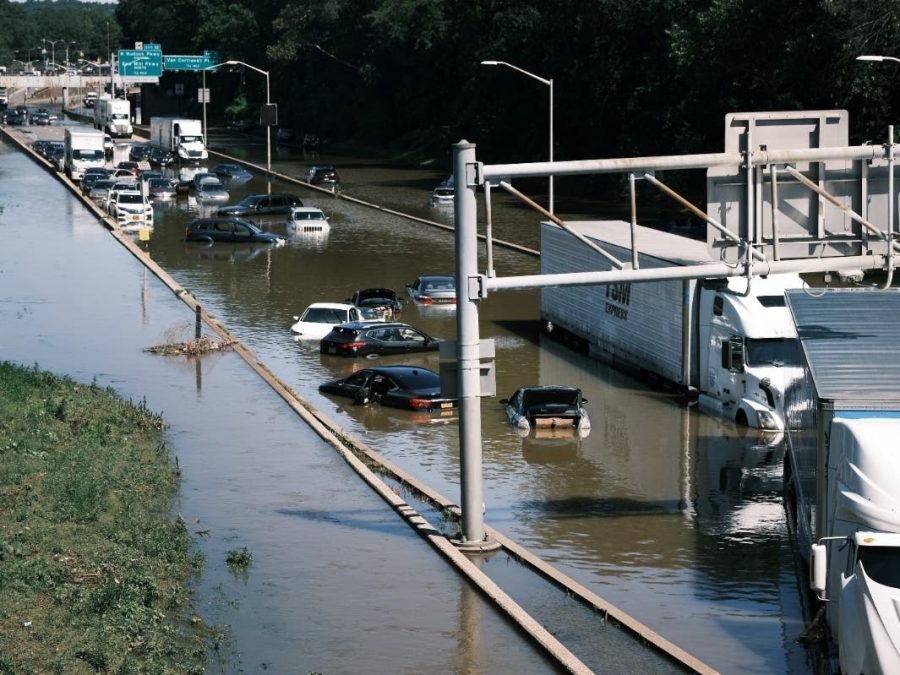Hurricane Ida Proves Mother Nature Cannot Be Left on Hold
Numerous videos of Fordham University campuses flooding were posted on social media sites such as TikTok and Instagram after Hurricane Ida. On Sept. 1, Fordham Public Safety sent out an email warning everyone on campus to be cautious of the anticipated storm damage.
Public Safety’s premonitions about the coming storm were correct, as the severe gale force winds and lightning was life-threatening, resulting in closure of all Fordham campuses and cancelation of all in-person meetings and classes.
Hurricane Ida wreaked havoc on the surrounding Bronx region, with hundreds of reports of flooded basements and collapsed buildings such as the Glory Shoe store on Third Avenue and 153 Street. New York City broke its record for amount of rainfall in one hour, reporting 3.15 inches of rain in a single hour.
Although Fordham seemed to recover quickly despite the hefty damage sustained, people are rushing to scrutinize the faulty infrastructure and its inability to sustain a world plagued by climate change. By taking a broader look at the devastation of the hurricane, it should become clear that this devastation requires a statewide movement to address climate change and outdated infrastructure.
States such as New Jersey are now eligible for federal assistance thanks to Biden’s disaster declaration. The Federal Emergency Management Agency (FEMA) has taken over disaster relief and recovery efforts by providing those affected with shelters and other resources. There are also federal programs providing loans for businesses and properties. To reach or request assistance, one can access it online at www.DisasterAssistance.gov or by calling 1-800-621-3362.
Counties in New York are now starting to qualify for federal aid as well as individual aid, specifically in Suffolk and Sullivan counties, Gov. Kathy Hochul announced. This comes after other New York counties became eligible for federal assistance after 18 people died across the state, most found trapped in their flooded basements across NYC boroughs.
The tragedy of Hurricane Ida has ushered in an unprecedented amount of support and aid from the federal government with drafts, bills and proposals already under consideration in Congress. Although we have learned from mistakes during the aftermath of Hurricane Katrina, such as the negligence of many survivors by FEMA, specifically in lower-income areas, it is good to see that this agency has now stepped up in helping those that have been displaced by the floods.
However, this does not guarantee that we have made all necessary efforts in reducing the severity of these storms. This is a problem of climate change and infrastructure.
Climate change has been threatening our future existence on Earth, and the effects are quite conspicuous. Much of the infrastructure in the U.S. was not designed to withstand the increasingly severe weather we have faced. Such concerns should be regarded as top priority for constituents and legislators as well, since the viciousness of Mother Nature cannot be left on hold. It is time that people and communities come together and work closely with their politicians in bringing about reform, as more weather devastation is to come.
Mary Cacevic, FCRH ’23, is an international political economy major from Nyack, N.Y.








































































































































































































